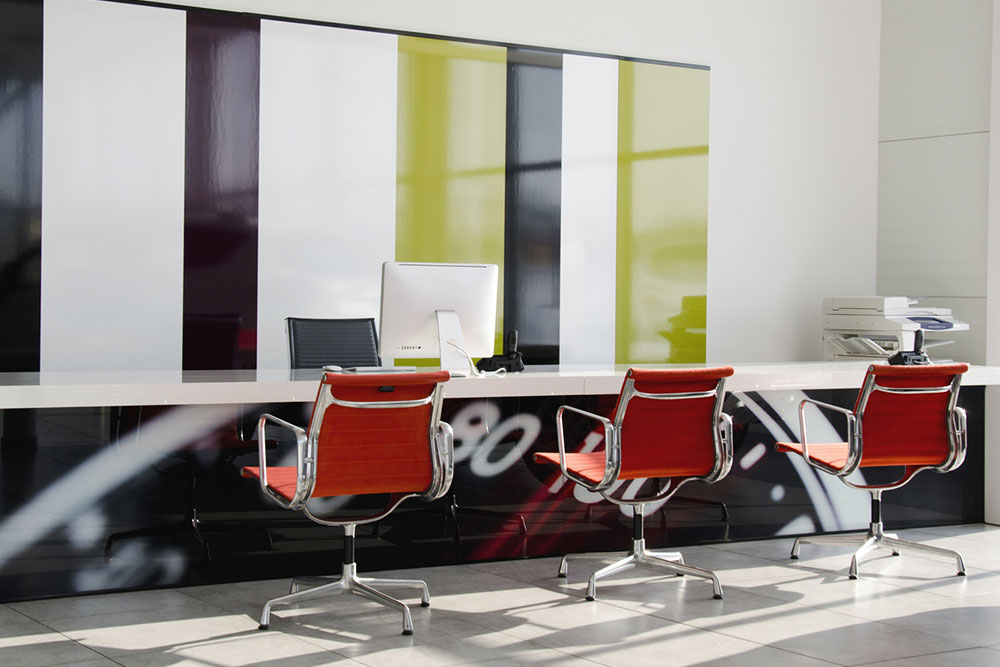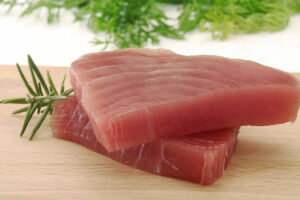9 mistakes to avoid when buying office furniture

Selecting the right furniture for the office is a mammoth task. It requires careful planning, attention to detail, and keeping aspects such as cost, functionality, aesthetics, space, and overall traffic in mind. The right choices can go a long way in boosting employee productivity and profitability. However, given the nuances involved, many business owners make common yet expensive mistakes. Read on to learn about nine such errors and how to avoid them.
Overlooking functionality
While building a cohesive look is important for any office, the central focus must always be function. The team is expected to use this furniture throughout the day, so prioritize their comfort. Invest in ergonomic chairs with side panels and a headrest to create a comfortable workspace.
Opting for bright colors
Bright colors and formality often do not go hand-in-hand. While creating an accent wall may be a great way of adding interest to one’s office, it is important to balance it by opting for muted tones throughout the rest of the space. Look for tables or chairs in shades like white, tan, or black, or pick basics with simple wood finishes across surfaces.
Failing to consider employee opinion
Most employees end up spending over 8 hours in the office. Since they use the furniture most frequently, it is also a good idea to check their needs and requirements with them.
Additionally, make it a point to test new furniture with a select team of employees before buying it. To do this efficiently, create a small group of representatives or a panel and ask them for feedback on the comfort and usability of the pieces. These insights help business owners plan their furniture purchases better.
Ignoring material
The padding and material of the furniture is also vital. It can be a make-or-break factor in leaving an impression on prospective customers, employees, or even business contacts. Look for decently padded furniture to create a comfortable office environment. Many businesses opt for leather-covered furniture for a more elegant and plush finish. However, depending on one’s budget and office aesthetics, polyester or faux leather may also be good alternatives.
Not working with a budget
Decorating any space well requires a lot of planning. This starts with making a list of necessary purchases and creating a workable budget. Think about the currently needed pieces and the purpose they are expected to serve over the next 5-10 years. This will help owners reduce spending on impulse purchases and build an office that looks well put together.
Prioritizing cost over quality
While budgeting is important, it must be enough to cover the cost of good-quality pieces. Buying based only on price could result in changing, replacing, or fixing pieces frequently, which can drain time and resources. Instead, look for furniture that promises the right mix of aesthetics, affordability, and durability.
Forgetting about tech needs
In an office, there are other features to consider as well. One of the most crucial aspects here is the technology needed. For instance, the desks may need to hold the weight of devices such as printers, screens, lamps, etc. They may also need to hide or have space for chargers and plug-points for other devices. To create a clean look, they may also need to tuck away wires, especially in conference rooms. Pay close attention to these details before finalizing any furniture purchase for the office.
Not maintaining the current standards on file
The office space is constantly transforming. As the company grows and expands, there may be a need to buy more chairs or desks to accommodate new employees. To ensure this happens seamlessly, maintain an organized file containing details about the standard pieces and finishes purchased from the dealership. This will help maintain a coordinated look for the office in the future as well.
Not taking the scale into account
Lastly, think about the actual scale of the office. Use this to understand which pieces will fit in well and improve efficiency. Buying too many bulky or huge furniture spaces may block space, giving the area a cluttered look. To avoid falling prey to this mistake, start by carefully measuring the entire area and creating an outline for all the requirements. If needed, work with an interior designer to build a truly functional space without overspending on time or resources.



